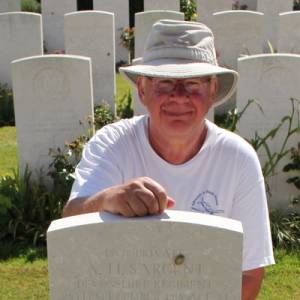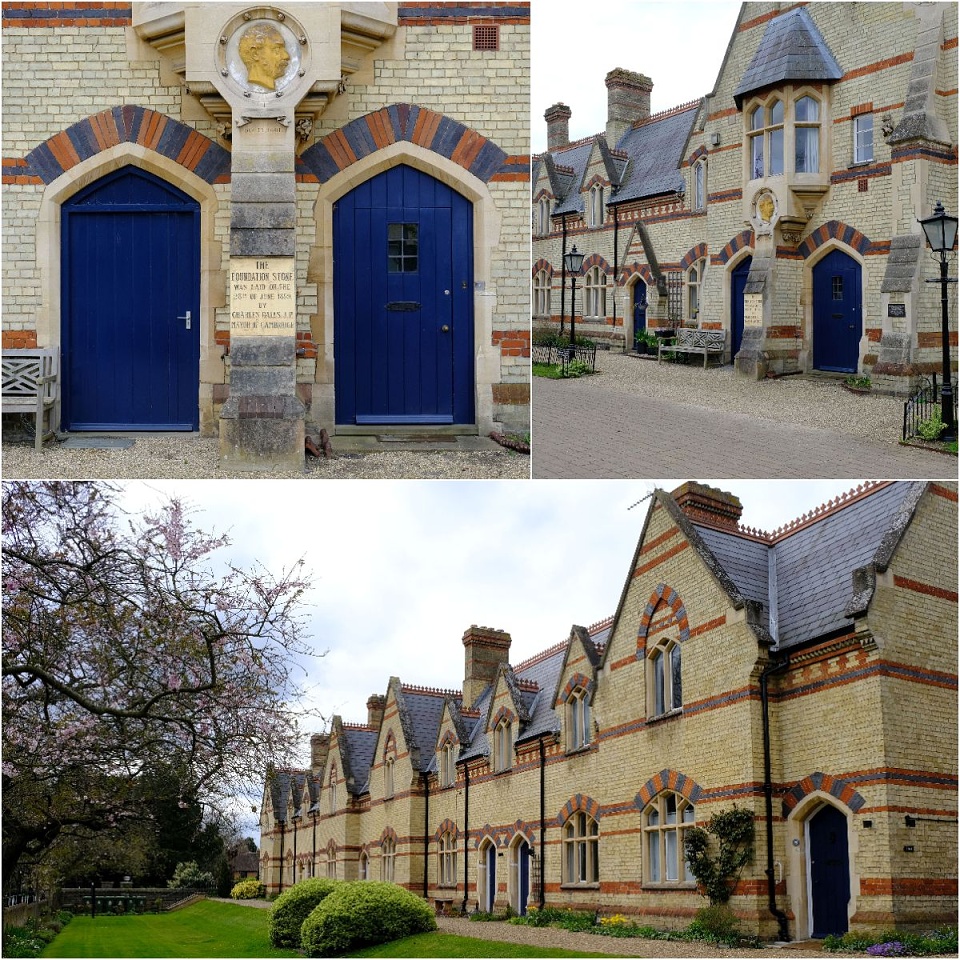Albert & Victoria....
The Royal Albert Benevolent Society Almshouses built in Gothic style occupy a prominent position on Hills Road in Cambridge adjacent to the Botanic Garden. The top left photo shows the foundation stone laid by the Mayor of Cambridge, Charles Balls in 1859 below a monument to Prince Albert, dated 14th December 1861, the day he passed away. For those who would like to know a little more about their fascinating history and royal connections, please read on!
Prince Albert was born in the Saxon Duchy of Saxe-Coburg-Saalfield to a family connected to many of Europe's ruling monarchs. At the age of twenty, he married his cousin, Victoria; they had nine children. Initially he felt constrained by his role of prince consort which did not afford him power or responsibilities. He gradually developed a reputation for supporting public causes, such as educational reform, the abolition of slavery and public housing for the retired poor. In 1847 Albert was elected as Chancellor of the University of Cambridge and he became a major advocate for reforming University education.
‘The Royal Albert Benevolent Society of Decayed Tradesmen and Others’ had already been established in Cambridge during March 1846 to provide homes for aged and infirm poor members. The annual membership subscription was 5s and the Society planned to erect its homes on any suitable freehold land within two miles of Great St Mary’s Church in Cambridge.
For 13 years there were various fund-raising events and the foundation stone of the homes was laid on 28th June 1859. This date was chosen as being the anniversary of the Queen’s coronation. It was a gala day in Cambridge; there were flags and the shops were closed. There was a service at Great St Mary’s church and then a procession to the Hills Road site. Apparently, The Cambridge Amateur Musical Society sang the Hallelujah Chorus. The Almshouses were then constructed in stages with the sides and rear being completed between 1877 and 1879. There are 25 in total and they are all still occupied.
Tragically, Albert died at the age of just 42 in December 1861. The Queen, it is said, never recovered from her loss.
- 49
- 4


Comments New comments are not currently accepted on this journal.